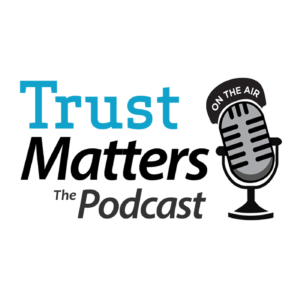
This is the first in a series of five posts on short (seven words or less) powerful phrases. Each phrase distills the essence of a key part of approaching trust-based relationships in business.
Why focus on short phrases like this? Because the concise expression of several emotionally powerful concepts packs a punch. Such phrases feel profound. They catch the listener’s attention. They force the listener to reflect. They are short enough to remember every word, and thus to resonate in the mind of the listener.
Today’s Phrase: (Seven words)
“I could be wrong about this, but…”
What then follows is an observation, hypothesis, or point of view, that you wish to put forward to your client.
When to Use It
- When you are attempting to distill key elements of a discussion and move toward framing an issue
- As a way to establish thought leadership or credentials in a pitch or sales presentation
- As a way to present an alternative point of view in a conversation.
Examples
- “I could be wrong about this, but in my several forays into the retail industry, the merchandising function has generally had a pretty powerful voice…”
- “I could be wrong about this, but my sense is that you may be attributing more energy on this issue coming from Bob than he might have – I wonder if he really cares that much?”
- “I could be wrong about this, but it strikes me from what you’ve said that the downside risk sounds pretty small compared to the upside benefit…”
Why It Works
This little phraselet triggers four key concepts behind trust-based interactions: Low Self-orientation, Respect, Reciprocity, and Risk.
Low Self-orientation. By explicitly acknowledging up front your possible fallibility, you show that you are willing to subordinate your ego for the greater good of the team (paradoxically demonstrating that you are comfortable enough in your own skin to withstand being perceived as wrong).
Respect. By overtly confessing that you might not be right, you are deferring to the client as a possible arbiter of the real truth. It invites a correction if one exists. At the same time, if the client doesn’t have the right answer, it lets them off the hook, allowing them to save face – because at worst, they are your equal in ignorance.
Reciprocity. Reciprocity is a fundamental dynamic of human relationships, forming the template for such interactions as etiquette, influence, and trust. If you do X first, I will do the same in return. If you listen to me, I will listen to you; if you treat me well, I will treat you well; if you humble yourself to me, I will humble myself to you.
-
- In this case, you are offering a gift of sorts – a gift of your insight, presented with humility. The natural reciprocative response is, bare minimum, to consider your gift; and often to, in return, engage in dialogue about the issue you have raised.
- Note that in this context, it is critical that you really might be wrong, and you know it; the whole thing doesn’t work if you flat-out believe you couldn’t possibly be wrong (in which case you’re being hypocritical), or if there’s really no risk at all to your gift.
Risk. At nearly every point in nearly every relationship, each party fears taking a small risk to go deeper. Short term loss always overwhelms long-term gain in our emotional short-sightedness. But “I could be wrong, but…” says to the other party, “It’s OK – I’ll take the first risk. I’ll test the water, I’ll risk the humiliation – I’ll put myself forward to lessen the risk to you.” And, as per the reciprocity point above, this willingness to take the first risk results – paradoxically – in greater willingness of the other person to join you.
Next Blogpost: Short Phrase #2 of 5: “At the risk of…”
Click Here To Read The Full Series:



